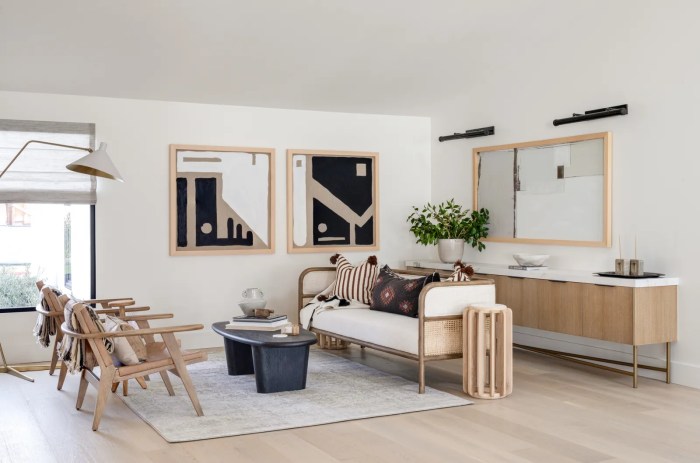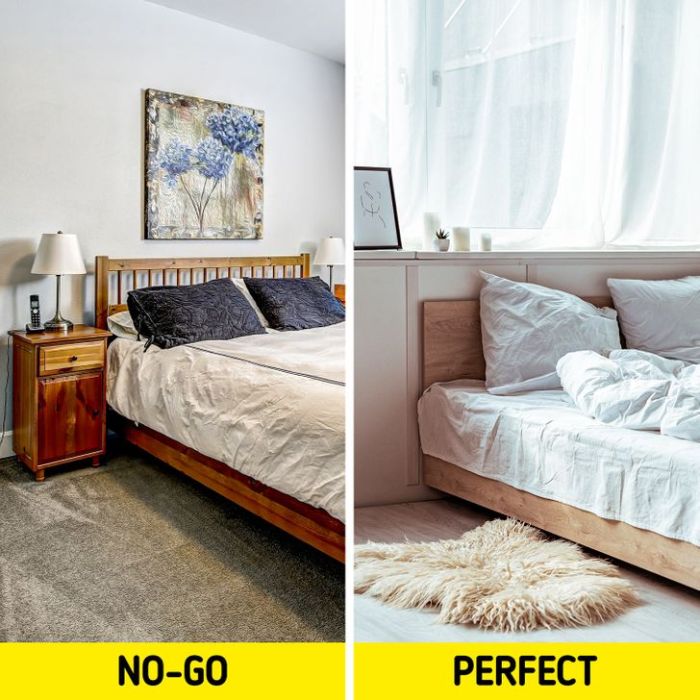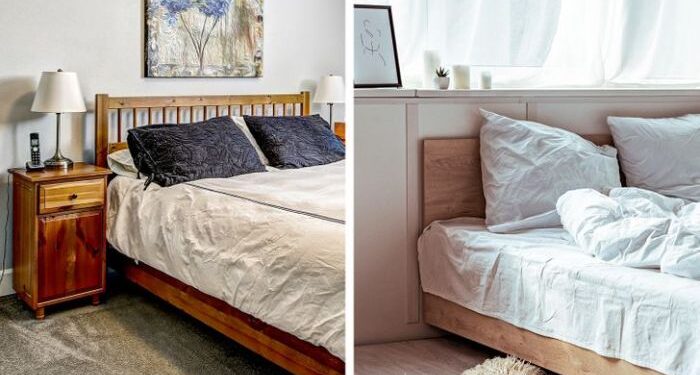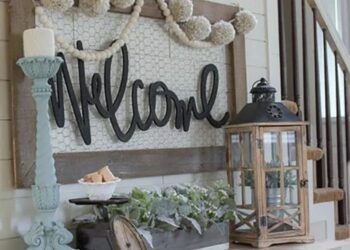As the spotlight shines on Secrets to Achieving a Scandinavian Interior Look, readers are invited into a realm of design expertise, promising an engaging and informative journey ahead.
This passage sets the stage for a comprehensive exploration of the key elements that define the Scandinavian interior aesthetic.
Understanding the Scandinavian Interior Look
Scandinavian interior design is known for its simplicity, functionality, and minimalism. It focuses on creating a cozy and inviting space while maintaining a clean and uncluttered look.
Key Principles of Scandinavian Interior Design
- Minimalism: Scandinavian design emphasizes simplicity and clean lines, with a focus on functionality.
- Light and Airy: Spaces are kept bright and open, often with white walls and light wood floors to maximize natural light.
- Nature-Inspired: Incorporating natural elements like wood, plants, and natural fabrics is key to bringing the outdoors in.
- Cozy Textures: Adding warmth through soft textiles like wool throws, sheepskin rugs, and cozy blankets.
Color Palette in Scandinavian Interiors
The color palette in Scandinavian interiors is typically light and neutral, with whites, grays, and light pastels dominating the space. These colors help create a sense of airiness and brightness in the room.
Importance of Natural Light
Natural light plays a crucial role in achieving a Scandinavian look. Large windows, sheer curtains, and minimal window treatments allow sunlight to flood the space, creating a warm and inviting atmosphere.
Furniture and Decor Elements
Scandinavian design incorporates furniture and decor pieces that are functional, sleek, and timeless. Some common elements include:
- Clean-lined furniture with tapered legs and simple silhouettes.
- Natural materials like light wood, leather, and metal for a harmonious look.
- Functional and versatile pieces that serve a purpose without sacrificing style.
- Minimalistic decor accents like geometric patterns, cozy textiles, and simple artwork.
Creating a Minimalist Foundation

Minimalism is a key element in achieving the Scandinavian interior look, focusing on simplicity, functionality, and clean lines.
Decluttering and Simplifying Spaces
To create a minimalist look, start by decluttering your space. Remove unnecessary items and keep only the essentials to create a sense of openness and simplicity.
Using Clean Lines and Simple Forms
Choose furniture and decor with clean lines and simple forms to maintain a minimalist aesthetic. Opt for pieces with sleek designs and minimal embellishments to achieve a clutter-free look.
Incorporating Textures for Warmth
To add warmth to minimalist spaces, incorporate textures through textiles, rugs, and natural materials. Mix and match different textures like wool, linen, and wood to create a cozy and inviting atmosphere.
Embracing Natural Elements
In Scandinavian design, there is a strong emphasis on incorporating natural elements like wood, stone, and leather to create a warm and inviting space that connects with nature.
Bringing Nature Indoors
One way to bring nature indoors is by adding plants and greenery throughout your home. Not only do plants improve air quality, but they also add a touch of freshness and color to the space.
- Place potted plants on windowsills, shelves, or in hanging planters to add a natural element to any room.
- Consider incorporating larger plants like fiddle leaf figs or rubber trees as statement pieces in living rooms or bedrooms.
Nature-Inspired Color Schemes
When it comes to color schemes, nature-inspired palettes are common in Scandinavian interiors. Think of soft hues like whites, grays, blues, and greens that mimic the colors found in the natural world.
- Use earthy tones like sand, stone, and moss to create a calming and harmonious atmosphere in your home.
- Introduce pops of color with accessories like throw pillows, rugs, or artwork inspired by nature.
Integrating Natural Elements in Different Rooms
It's essential to seamlessly integrate natural elements into different rooms to maintain a cohesive design throughout your home.
- In the living room, consider adding a wooden coffee table, a leather sofa, or a stone fireplace to anchor the space.
- In the kitchen, opt for wooden cabinets, stone countertops, and a few potted herbs on the windowsill to infuse a sense of nature.
- In the bedroom, incorporate a wooden bed frame, a sheepskin rug, and linen curtains for a cozy and natural feel.
Enhancing Coziness and Comfort

Creating a warm and cozy atmosphere is essential in achieving the Scandinavian interior look. Embracing the concept of "hygge," which focuses on coziness, comfort, and well-being, plays a significant role in Scandinavian design.
The Concept of “Hygge”
- Hygge is a Danish term that encompasses a feeling of coziness, contentment, and well-being.
- It emphasizes creating a warm and inviting atmosphere in your home.
- Incorporating hygge elements like soft lighting, plush textiles, and natural materials can enhance the overall comfort of a space.
Creating a Cozy Atmosphere
- Utilize soft, warm lighting such as candles, string lights, and table lamps to create a relaxing ambiance.
- Choose textiles like wool, faux fur, and knitted blankets to add texture and comfort to your space.
- Layer rugs, blankets, and cushions to provide warmth and coziness, especially during colder months.
Incorporating Mood-Enhancing Elements
- Enhance the cozy atmosphere with scented candles, essential oil diffusers, and incense to create a calming environment.
- Integrate natural elements like plants and fresh flowers to bring a sense of nature indoors and promote relaxation.
- Consider adding personal touches such as family photos, sentimental objects, and favorite books to make the space feel more inviting and comforting.
Closing Notes
In conclusion, the allure of Scandinavian interior design lies in its harmonious blend of simplicity, coziness, and natural elements, offering a timeless and inviting atmosphere for any living space.
Questions and Answers
How important is natural light in achieving a Scandinavian interior look?
Natural light is crucial in Scandinavian design as it enhances the overall brightness and airy feel of the space, reflecting the essence of the Nordic aesthetic.
What is the significance of incorporating hygge in Scandinavian interiors?
Hygge plays a vital role in creating a warm and inviting atmosphere, promoting comfort and coziness through elements like soft lighting and plush textiles.













